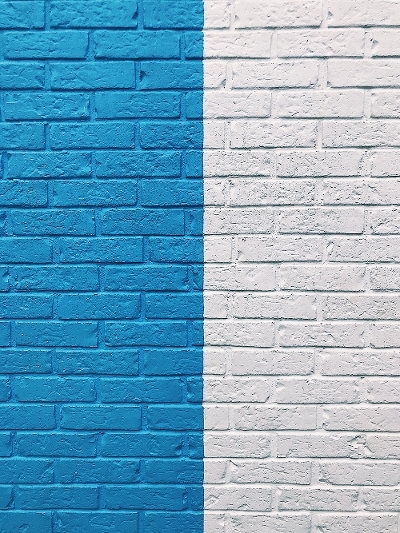World market for paints and coatings
The construction industry currently uses almost half of all paints and coatings that are sold worldwide, a market that remains vibrant due to the need for housing.

The sales of paints and coatings for industrial products such as vehicles, however, are heavily dependent on general economic development. A global study on the market for paints and coatings from Ceresana, Germany, reveals that in 2019, a total of around 43.3mln t of coatings were sold.
In addition to traditional interior and facade paints, coatings with special properties are finding increased use in the construction industry. Facade coatings that use ultrahydrophobicity (the lotus effect), for example are self-cleaning. Other products protect from corrosion or contribute to thermal insulation. In hospitals and medical practices, paints and coatings with antibacterial properties are increasingly used to limit the spread of infections.
Walls of China and the world
Most paints and coatings are consumed in the Asia-Pacific region. This part of the world is expected to further expand its leading position on the world market in the coming years. The second largest sales region last year was North America.
Acrylic colours were by far the most widely used type of paint in 2019 with vinyl paints taking second place. The demand for acrylic paints was highest in Asia-Pacific and North America, followed by Western Europe and South America. Coatings based on acrylic resins are very often used in the construction industry because they are light and weather resistant yet remain breathable. They are used for exterior facades in conjunction with water-repellent silicone resins. Further applications are coatings of wood, plastic, or metal. Acrylics and vinyl account for a large share of the European market - roughly 53%.
Powder coatings only make up a small segment of the market for paints and coatings while water- and solvent-borne products generate the largest share of demand. Water-based coatings are relatively environmentally friendly thanks to reduced emissions of volatile organic compounds. They also offer the possibility of recycling in some applications. Waterborne coatings are used for machine and automotive coatings, but also for wood, plastic, as well as leather and textile. Analysts at Ceresana expect waterborne paints and coatings to achieve the highest average growth rate in the coming years.







